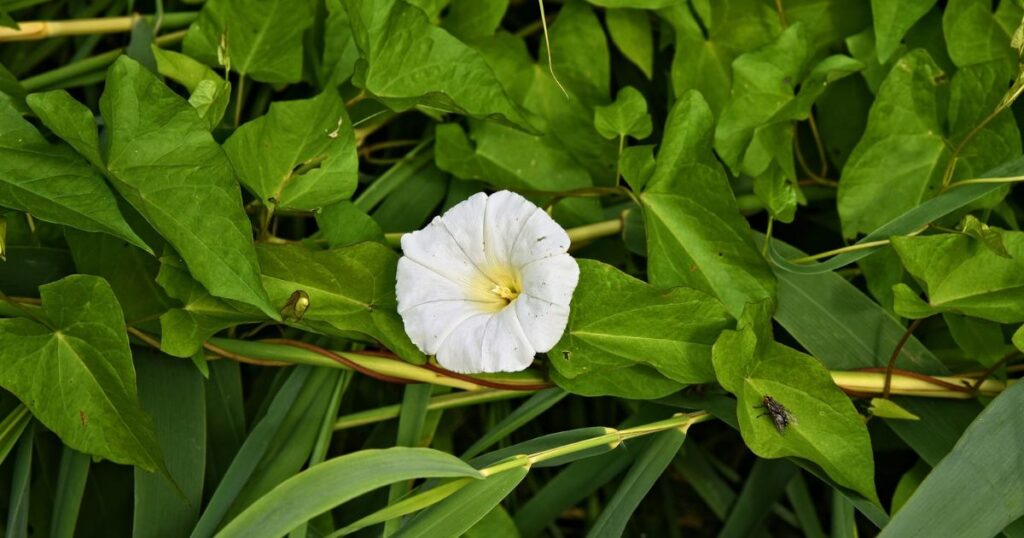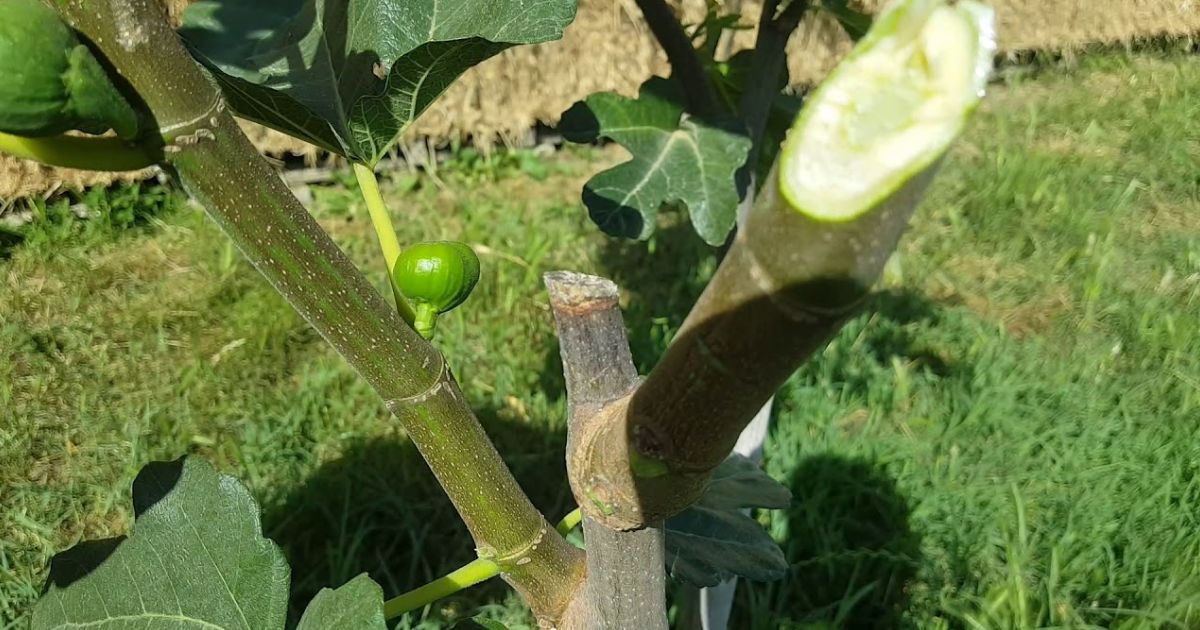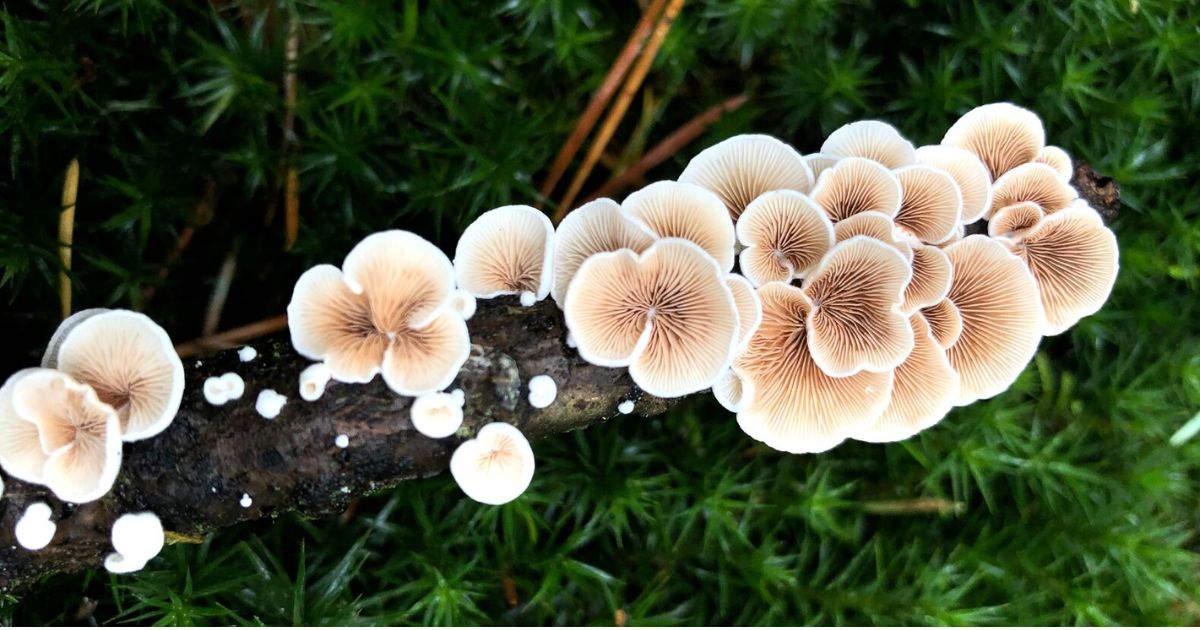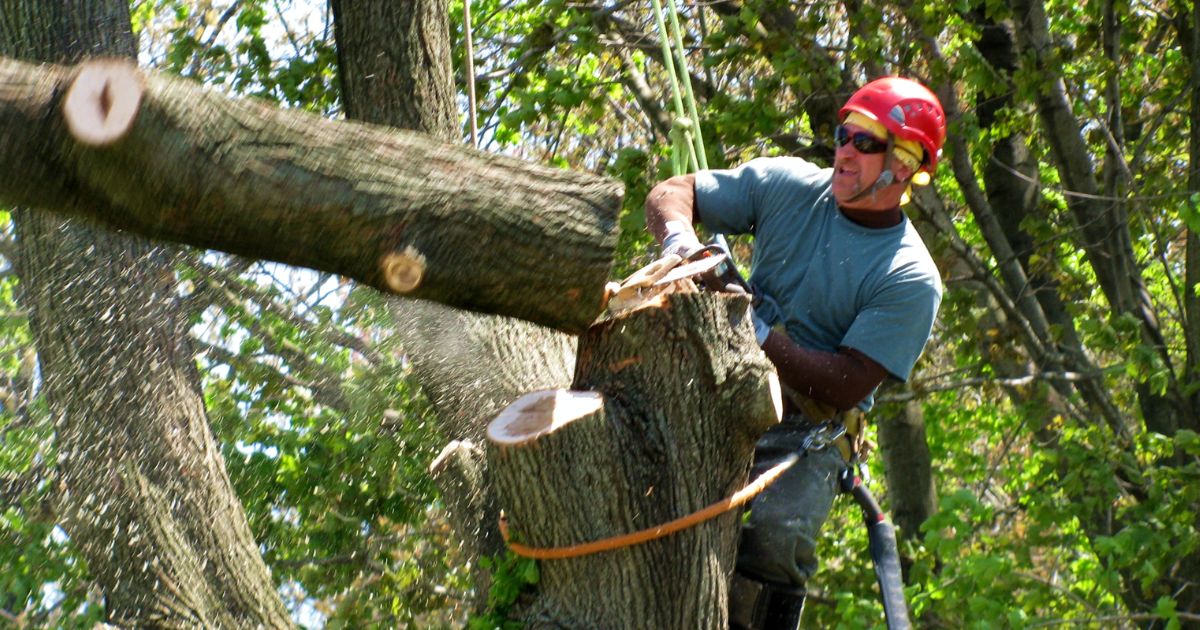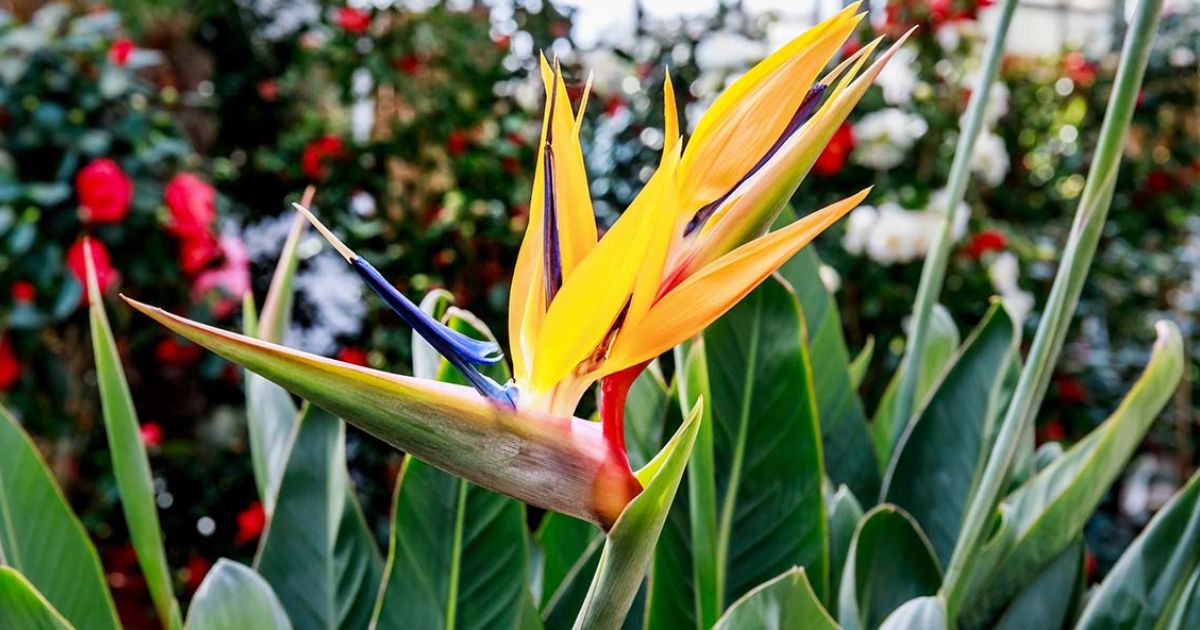Japanese Knotweed (Fallopia japonica) may look like an ordinary garden plant, but it’s one of the most aggressive and destructive invasive species in the world. Originally introduced from East Asia in the 19th century, it was used as a decorative plant, but it has since spread rapidly across Europe and North America, causing significant problems for homeowners, gardeners, and even local ecosystems.This fast-growing perennial can break through concrete, damage foundations, and outcompete native plants, making it a serious concern for both private and public land. Because it spreads underground through robust rhizomes (root systems), early identification is absolutely crucial. Once established, Japanese Knotweed is extremely difficult and costly to remove.
In this guide, you’ll learn how to spot Japanese Knotweed throughout the year, including its key visual features, common look-alikes, and the best steps to take if you discover it on your property. By understanding what to look for, you can act quickly and prevent this invasive plant from taking over your garden or damaging your home.
What Is Japanese Knotweed?
Japanese Knotweed (Fallopia japonica) is a fast-growing, invasive perennial plant native to East Asia, particularly Japan, China, and Korea. In the 19th century, it was brought to North America and Europe as a decorative plant, for its attractive bamboo-like stems and lush green leaves. However, what was once admired for its beauty has now become one of the world’s most problematic weeds.Japanese knotweed identification spreads rapidly through its underground rhizome system, which can grow several meters deep and wide. Even a small piece of root or stem, as tiny as a fingernail, can generate a new plant. This makes it extremely difficult to control and eradicate once it takes hold.
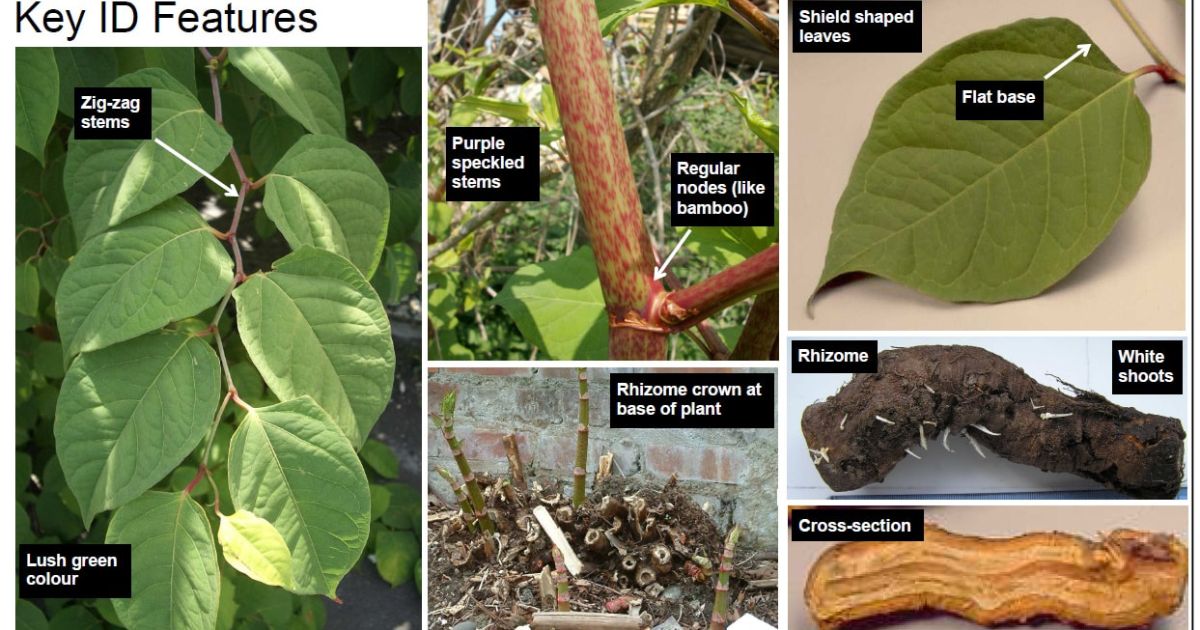
In just a few months, the plant May Reach a height of 3–4 meters (10–13 feet), creating thickets that suffocate natural vegetation and reduce biodiversity. Its roots are powerful enough to damage concrete, tarmac, and building foundations, leading to costly repairs for homeowners.Because of its destructive nature, Japanese Knotweed is considered a controlled plant in many countries, including the United Kingdom and portions of the United States, where laws regulate its disposal and management.In short, Japanese Knotweed is not just a garden nuisance; Sciadopitys verticillata Japanese it’s an invasive species that poses serious environmental, structural, and legal challenges if left untreated. Identifying it early is the first step toward preventing widespread damage.
Why You Need to Identify It Early
Spotting Japanese Knotweed early is crucial because once it becomes established, it spreads quickly and causes extensive, often expensive, damage. The plant’s aggressive root system can reach three meters in depth and seven meters in width. Allowing it to push through small cracks in concrete, tarmac, and even house foundations. If left unchecked, it can invade gardens, roadsides, and riverbanks, displacing native plants and destabilising soil.From a homeowner’s perspective, early identification can prevent structural damage and financial loss. Many property buyers, sellers, and insurers view Japanese Knotweed as a red flag. In some countries, including the UK, you’re legally required to declare the Japanese knotweed leaves when selling a property. Failure to control it could also result in legal penalties if it spreads onto neighbouring land.
Moreover, the longer the plant is allowed to grow, the more complex and costlier it becomes to remove. Professional eradication can take several seasons and require multiple treatments with specialised herbicides.By identifying Japanese Knotweed early, before it spreads or damages structures, you can save time, protect your property value, and avoid major legal or environmental issues. Early detection truly is the most effective form of control.
Physical Characteristics of Japanese Knotweed
To accurately identify Japanese Knotweed, focus on its distinctive features: leaves, stems, flowers, and roots. These traits set it apart from similar plants, though variations can occur based on age, location, and environmental conditions.
Leaves
Leaves are among the most reliable identifiers. They are broadly oval or spade-shaped (also described as shovel-shaped), with a pointed tip and a flat or slightly heart-shaped base. Each leaf measures 10-17 cm long and 7-10 cm wide, with a vibrant green top and a paler underside. The edges are smooth, without serrations, and the veins are prominent, often with a reddish tint along the midrib in younger leaves.
Leaves alternate along the stem in a characteristic zigzag pattern, a key clue unlike the opposite-leaf arrangement in many other plants. In spring, new leaves may appear reddish or purple-tinged, transitioning to lush green by summer. If you crush a leaf, it doesn’t have a strong odour, which helps differentiate it from some look-alikes.
Stems
Japanese knotweed flowers stems resemble bamboo, which is why it’s often mistaken for it at first glance. They are hollow, stout, and segmented with prominent nodes (joints) where leaves emerge. Young stems in spring are reddish-purple, speckled, and can expand by up to 2 cm every day, reaching heights of 2-3 meters by summer. Mature stems are green during the growing season, turning reddish-brown in autumn and becoming brittle in winter.
The stems grow in a zigzag fashion, bending slightly at each node, and lack thorns or prickles. Unlike actual bamboo, they don’t have a woody exterior and snap easily when bent, revealing a hollow interior with partitions at the nodes. This bamboo-like appearance, combined with the rapid growth, makes Knotweed stand out in disturbed areas.
Flowers
August through October, from late summer until early autumn in the Northern Hemisphere, Japanese Knotweed produces small, creamy-white flowers in dense, branching clusters (panicles) up to 15 cm long. These flowers are greenish-white at first, maturing to a frothy, lace-like appearance. They attract pollinators like bees but rarely produce viable seeds outside their native range, as most plants are female clones. Instead, spread occurs primarily through rhizome fragments.
Roots and Rhizomes
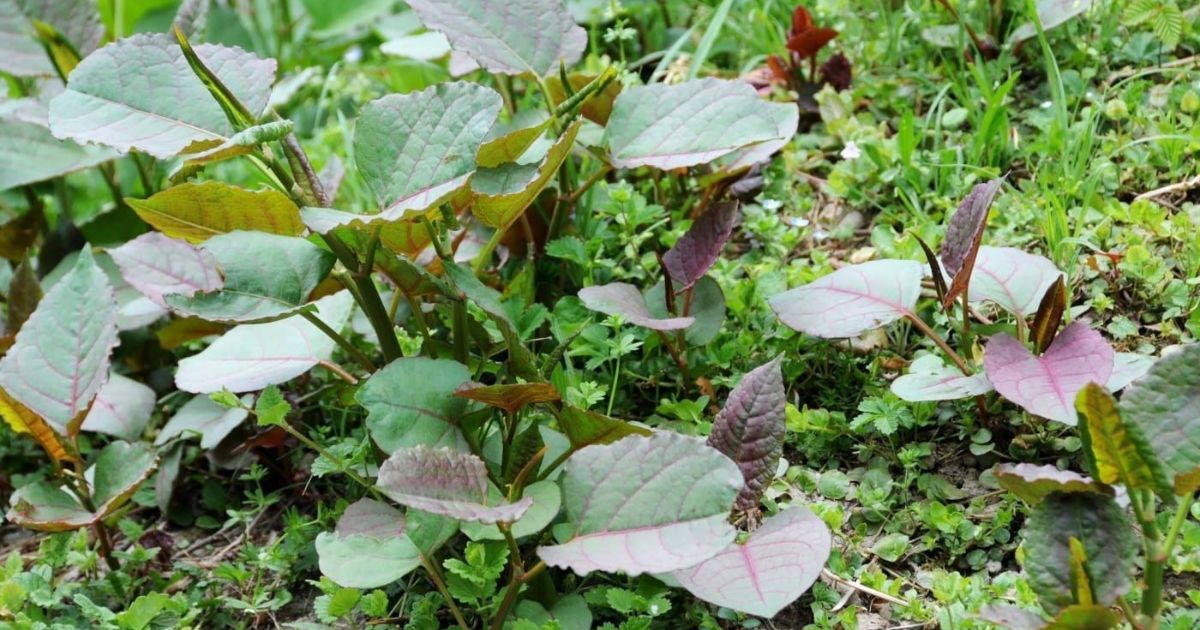
Digging up roots is invasive and not recommended without necessity, but understanding them is vital for confirmation. The rhizomes are thick, woody, and dark brown on the outside, but snap to reveal a bright orange interior like a carrot. They form a dense underground network, with crowns at the base of stems that produce white shoots in spring. Even small fragments (as little as 1 cm) can regenerate new plants, making mechanical removal tricky.
Seasonal Variations in Appearance
Japanese Knotweed’s appearance changes dramatically with the seasons, making identification challenging for beginners. Here’s a breakdown to help you spot it year-round.
Spring (March to May)
This is when Knotweed emerges aggressively. Look for reddish-purple shoots pushing through the soil, resembling asparagus spears but with a more mottled appearance. These shoots proliferate, unfurling into purple leaves. By late spring, stems reach 1-2 meters, with the zigzag pattern becoming evident. What Are the Best Practices Caring for An Acer Tree Early detection in spring is ideal for control, as the plant is most vulnerable at that time.
Summer (June to August)
In full growth, knotweed forms dense stands that can shade out other plants. Stems are green and robust, leaves are at their lushest, and the plant may exceed 3 meters in height. Flowers begin to bud toward the end of summer. This is the easiest time to spot it, given its size and dominance in the landscape.
Autumn (September to November)
Leaves turn yellow and fall, while stems redden and flowers turn to seed heads. The plant dies back above ground, but rhizomes remain active underground. Autumn is a good time for identification via the browning canes, which persist into winter.
Winter (December to February)
Above-ground parts die off, leaving brown, brittle canes that resemble dead bamboo stalks. These canes often remain standing, making winter a subtle but effective identification period, especially in snowy areas where they protrude. Check for old flower remnants or, if needed, dig carefully for orange rhizomes.
Common Look-Alikes and Differentiation Tips
Several plants resemble Japanese Knotweed, leading to false alarms. Here’s how to tell them apart.
Bindweed (Calystegia sepium)
Often confused with bindweed due to its heart-shaped leaves, but bindweed is a climbing vine with twining stems and large, white trumpet flowers. Unlike Knotweed’s upright, bamboo-like stems, bindweed lacks nodes and has a softer texture.
Himalayan Knotweed (Persicaria wallichii)
A close relative, it has narrower, lanceolate leaves with a pink midrib and hairier stems. Flowers are pinkish-white, and they grow taller but less densely. Check leaf shape: Himalayan is more elongated than spade-like.
Bamboo (Various species)
Actual bamboo has woody, persistent stems and a zigzag leaf arrangement. 7 Tips for Tree Disease Black Spots Leaves Knotweed stems snap easily and are hollow without the rigid rings of bamboo.
Dock (Rumex spp.)
Broad leaves are similar, but dock has a central flower spike and leaves with wavy edges. Knotweed leaves are smoother and alternate in a zigzag pattern.signs of Japanese knotweed
Other Knotweeds (Bohemian, Giant)
Hybrids like Bohemian Knotweed combine traits but often have hairy undersides of their leaves. Use a field guide or app for precise differentiation.
Habitats and Where to Look
Japanese Knotweed thrives in disturbed soils and prefers moist, sunny areas. Common spots include:
- Riverbanks and waterways: It spreads via water-dispersed fragments.
- Roadsides and railways: Human activity aids dispersal.
- Gardens and wastelands: Often introduced via contaminated soil.
- Urban areas: Cracks in pavement or abandoned lots.
In North America, it’s widespread in the Northeast, Grape Vine Disease Identification with Pictures Common Problems Midwest, and Pacific Northwest. In Europe, particularly the UK, it’s ubiquitous. Check local invasive species maps for prevalence.
What to Do If You Spot Japanese Knotweed
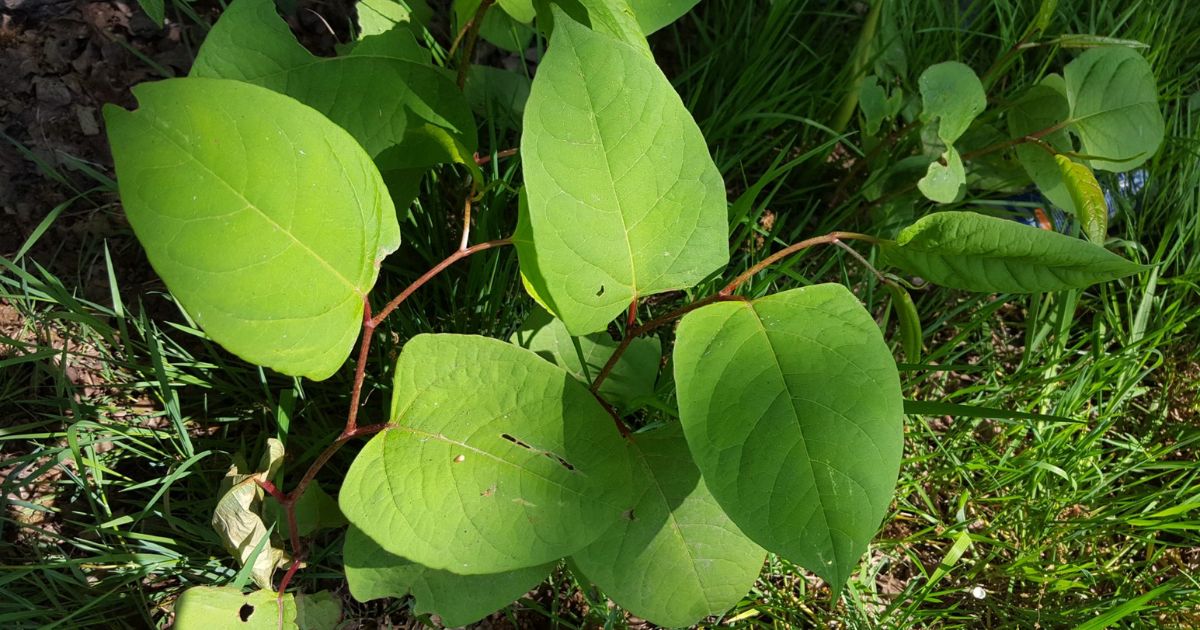
If you identify it:
- Don’t Disturb It: Avoid digging or mowing, as fragments spread.
- Document: Take photos and note the location.
- Report: In many areas, report to local authorities or invasive species organisations.
- Seek Professional Help: DIY methods like glyphosate can work, 5 Essential Tips for Japanese Maple Leaf Scorch Treatment but often require multiple applications. Pros use stem injection or excavation.
- Prevent Spread: Clean tools and boots after contact.
Legal obligations vary in the UK; it’s a notifiable weed in some contexts. Early action saves money and ecosystems.
Conclusion
Recognising Japanese Knotweed early can save you from serious trouble, both structural and financial. Its rapid growth, deep root system, and ability to spread from even the smallest fragments make it one of the most difficult invasive plants to control. However, with careful observation and timely action, you can prevent it from taking over your garden or damaging your property.Always stay alert for its distinctive Heart-shaped leaves, clusters of tiny white flowers, and bamboo-like branches that appear in late summer. If you suspect its presence, don’t ignore it; act quickly by contacting a professional or your local environmental authority for proper identification and removal.
By learning how to spot and manage Japanese Knotweed, you’re not only protecting your home but also helping preserve your local ecosystem from one of nature’s most persistent invaders.
FAQ
How can I tell if I have Japanese Knotweed in my garden?
Look for bamboo-like stems, shovel- or heart-shaped leaves, and late-summer clusters of tiny white flowers. In winter, the plant dies back, leaving behind hollow, brown canes that resemble dead bamboo.
What time of year is best to identify Japanese Knotweed?
The best time to spot it is late spring through early autumn, when it’s actively growing and more visible. During this period, the stems and leaves are fully developed, making identification much easier.
Can Japanese Knotweed really damage buildings?
Yes. Its rhizomes (roots) can grow several meters deep and wide, forcing their way through small cracks in concrete, brickwork, and foundations, leading to significant structural damage if left untreated.
How does Japanese Knotweed spread?
It spreads mainly through its rhizome system and fragmentation, meaning even a small fragment of stem or root may develop into a new plant. It can also spread through contaminated soil or garden waste.
. Can I remove Japanese Knotweed myself?
While small infestations can sometimes be managed by cutting and herbicide treatment, complete removal is complicated. It’s usually best to hire a professional Knotweed removal specialist to ensure it’s eradicated safely and legally.

